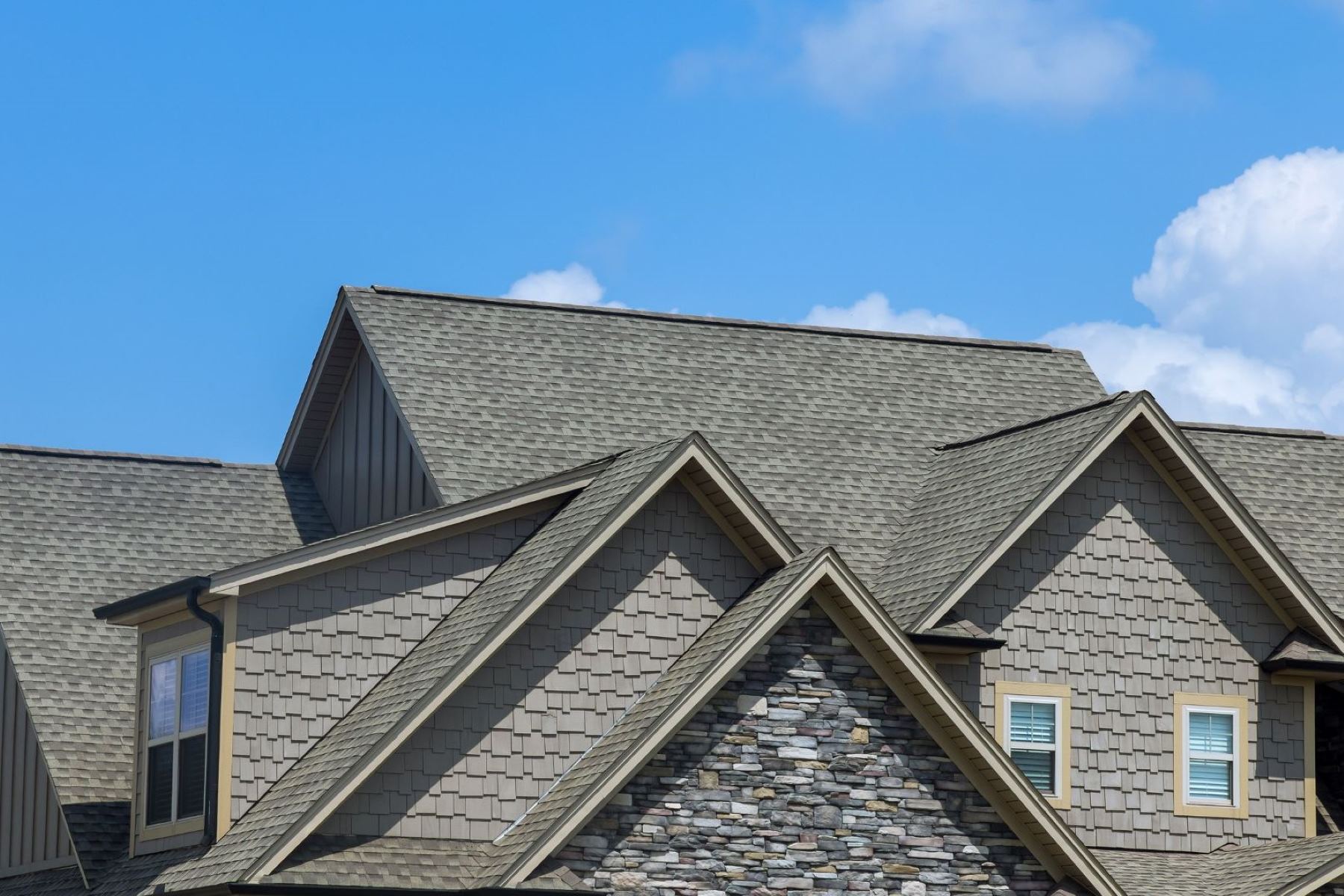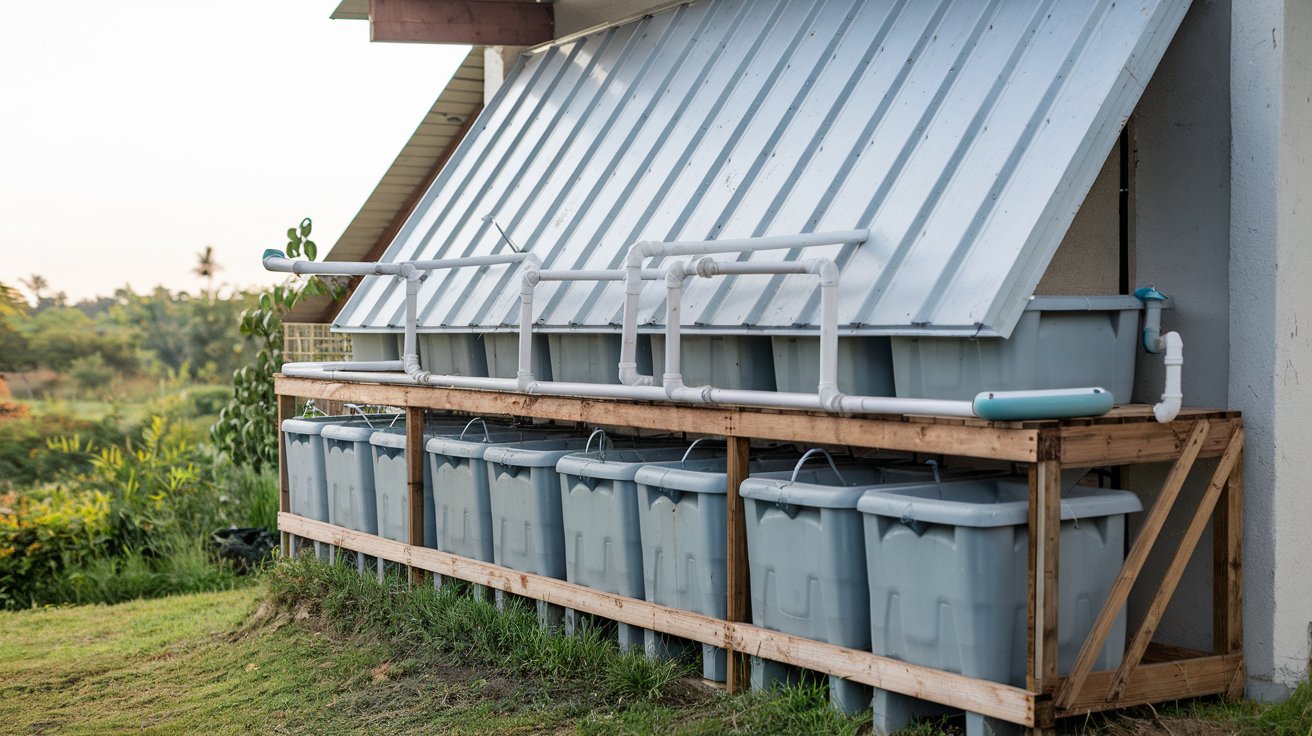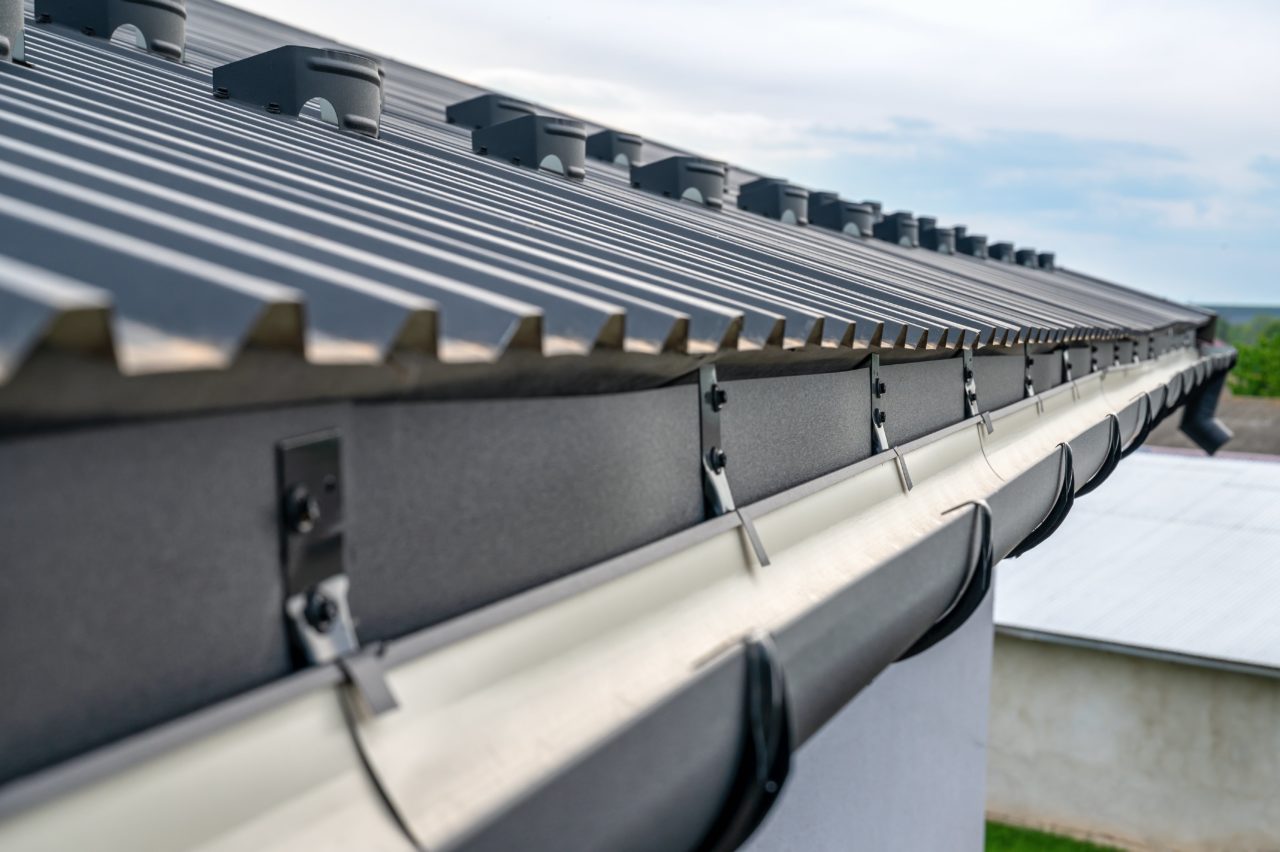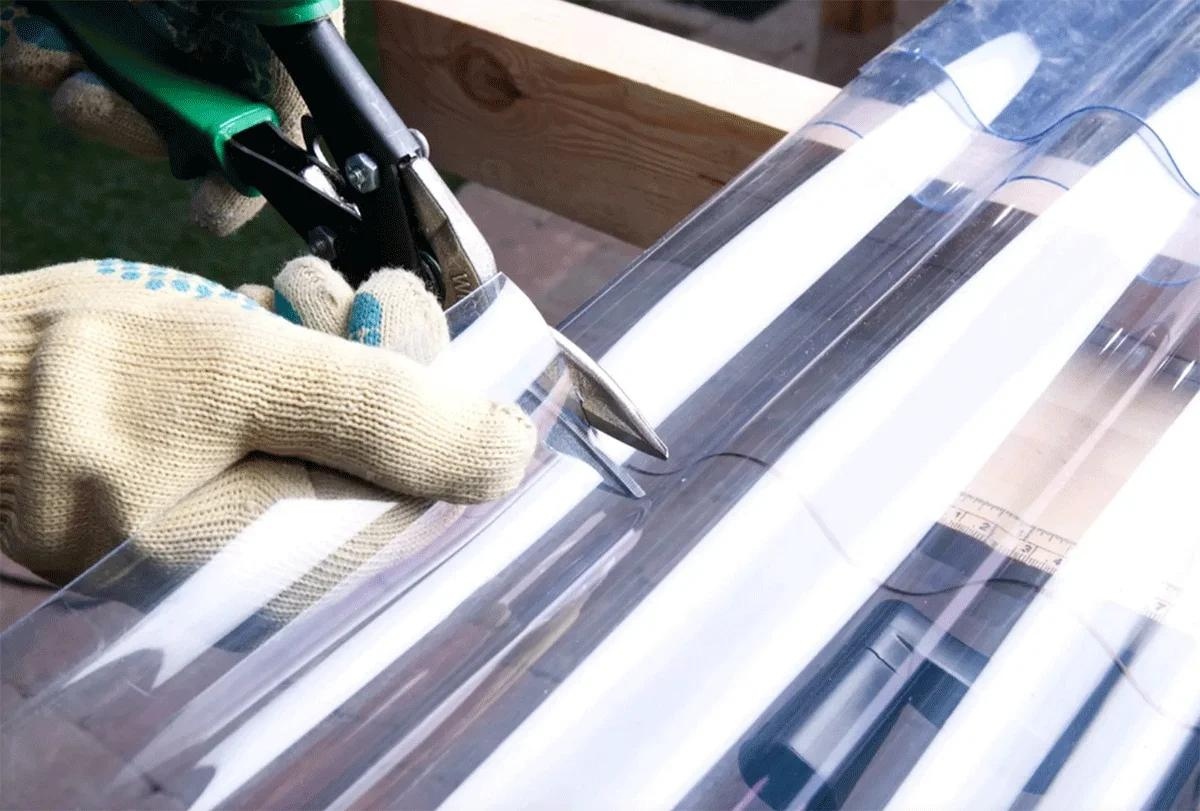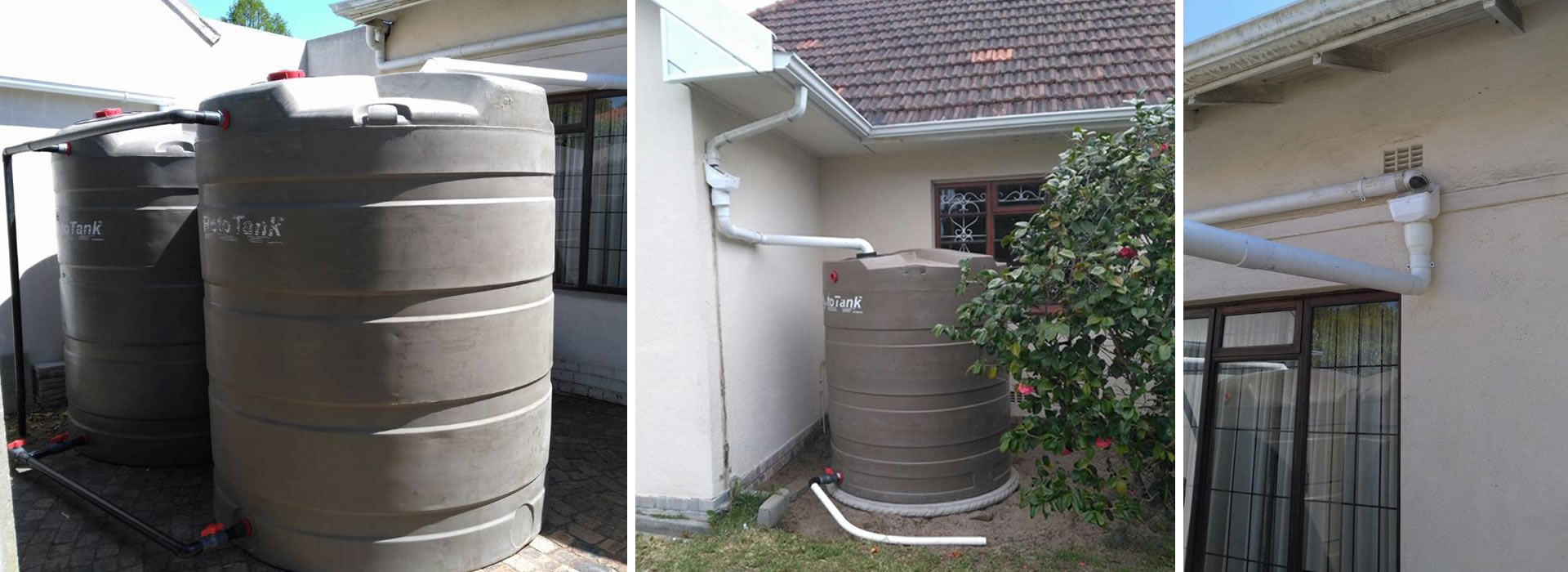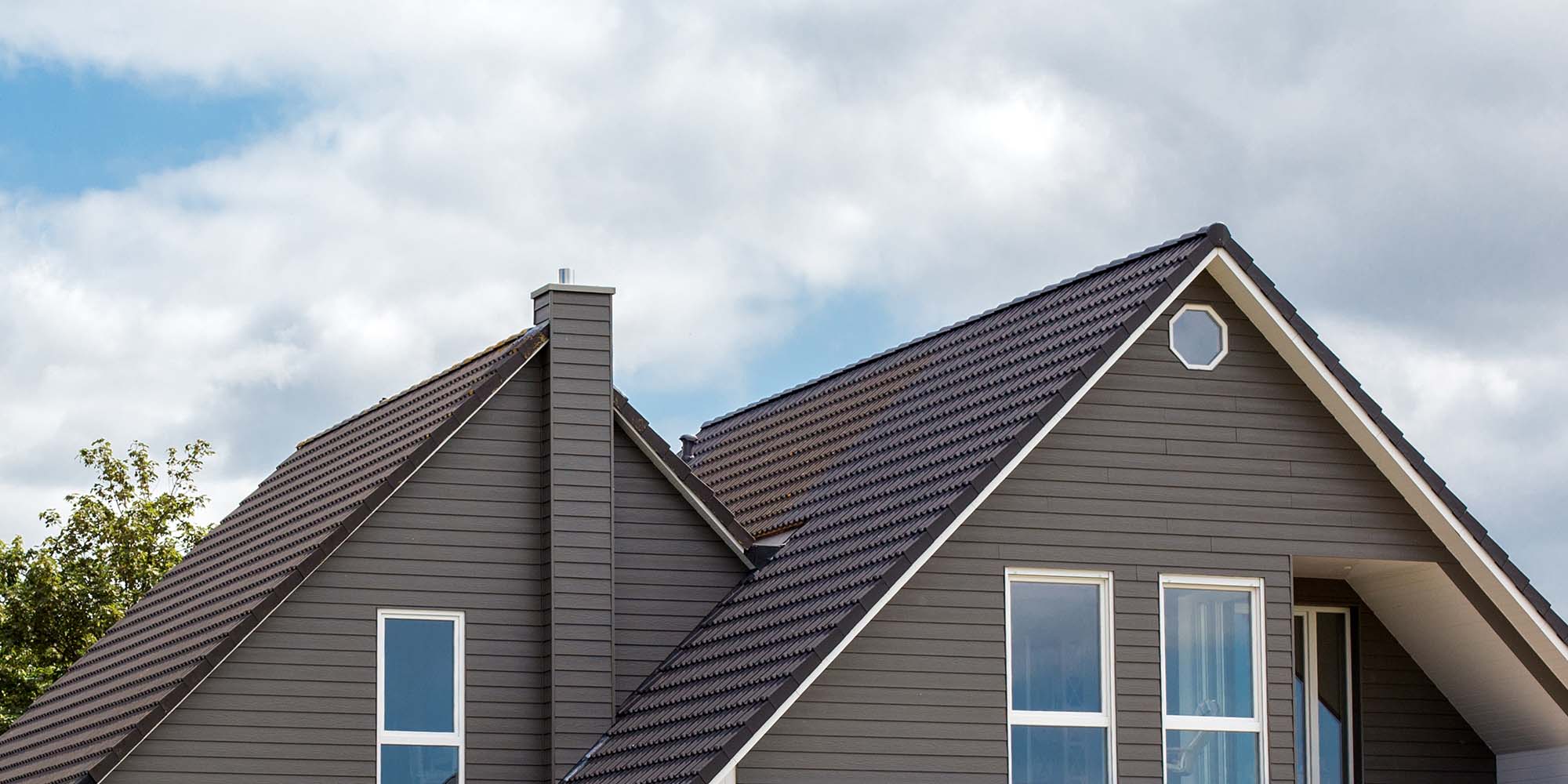Home> Roofing Materials
Discover the Best Roofing Materials to Revamp Your Home!
Looking for the best roofing materials to revamp your home? Discover top options for durability, style, and affordability with our expert guide!
How To Choose The Right Roofing Material For Your Climate
By: William Harrison • Ideas and Tips
Upgrading Your Home’s Exterior With DIY Piezoelectric Walkway
By: Samuel Turner • Ideas and Tips
Upgrading Your Home’s Exterior With DIY Rainwater Harvesting System
By: Emily Roberts • Ideas and Tips
Upgrading Your Home’s Exterior With DIY Kinetic Wind Sculpture Installation
By: Lily Evans • Ideas and Tips
